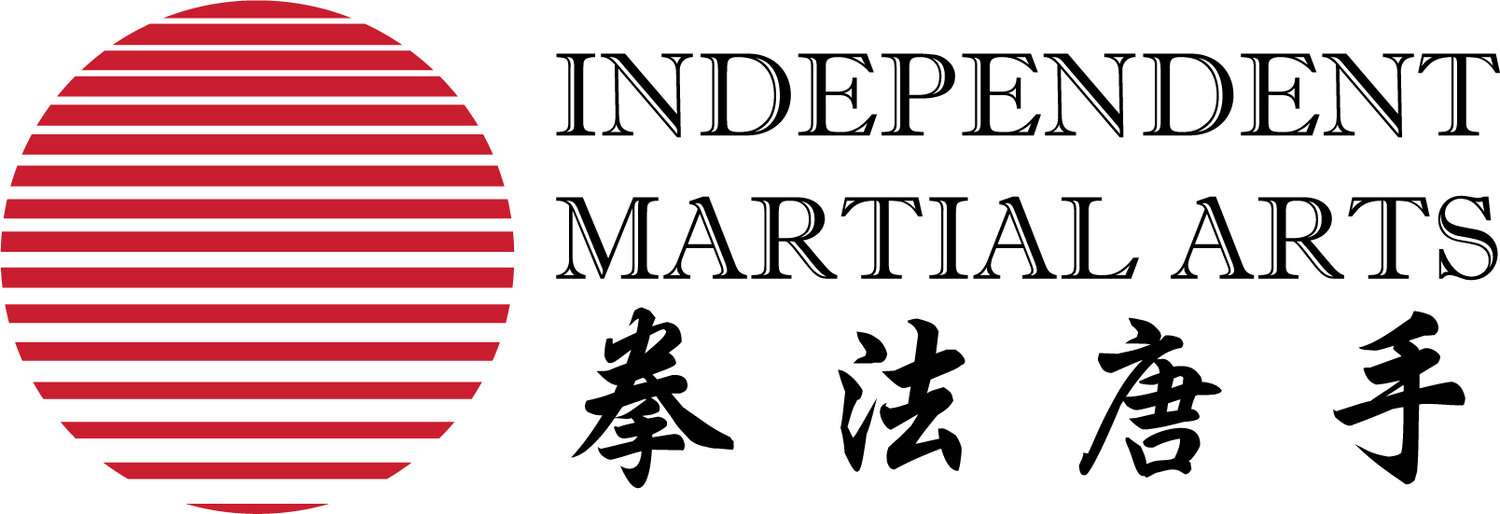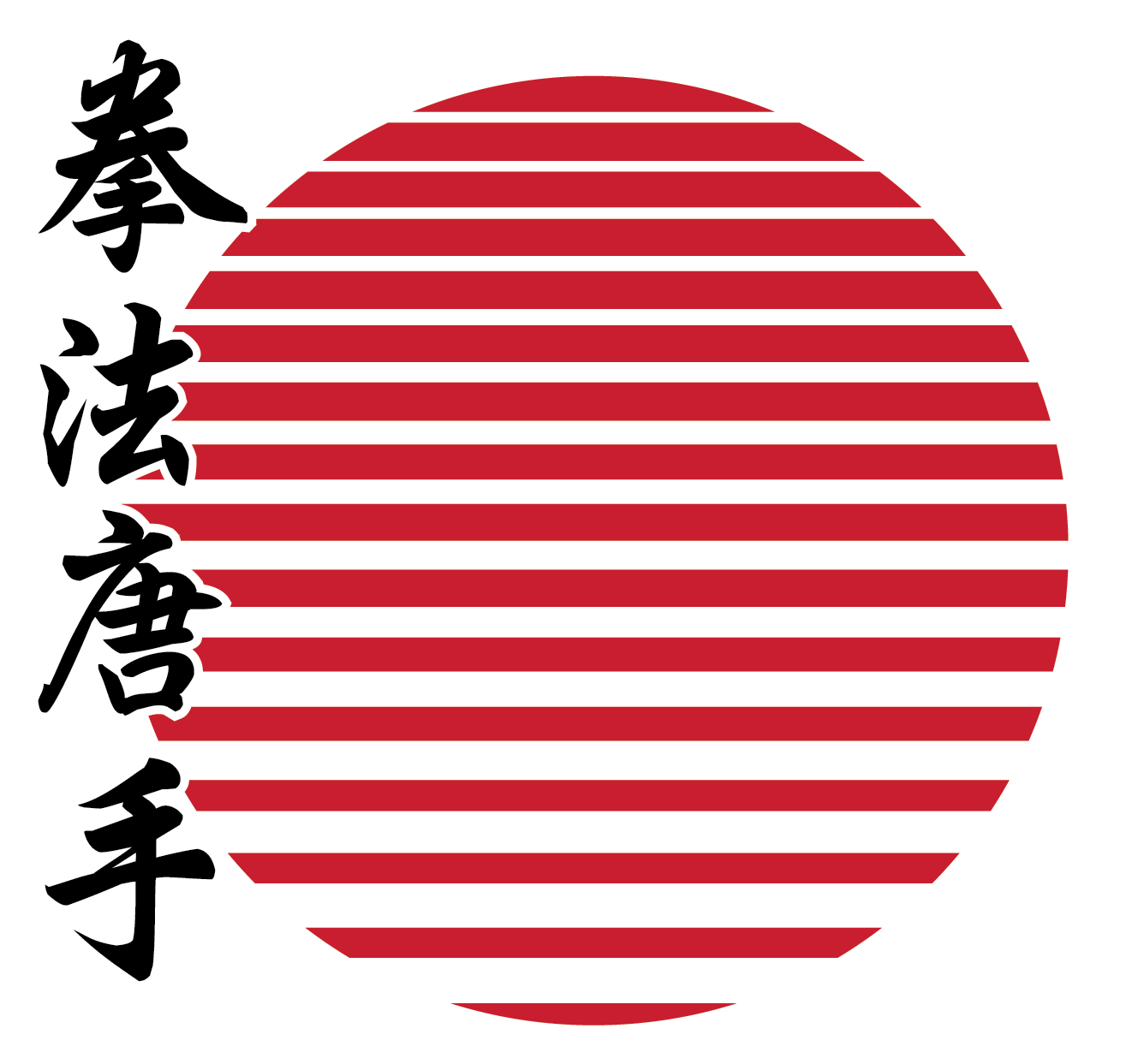Practicing at Home
Kenpo teaches us to examine our situation and take the appropriate actions. We are all now in a situation that is nothing like we’ve ever faced before, and we should apply our training to this situation. We are all doing our part by socially distancing. So what do we do?
We practice at home.
Taking your training into your own hands, even if you have some guidance from your instructors in the form of videos, is tough—but it will make you a better martial artist. The most obvious reason is that you’ll be practicing more, and more practice is never a bad thing. But there’s more to it than that. It’s a fact that properly instructing someone else makes you a better Kenpo practitioner. It only makes sense; when you must teach someone how to do something, you’d better know how to do it yourself! As an instructor, you’re responsible for showing another student *how* to perform an action, so you have to be ready to really break the action down, and answer potential questions. When you practice at home…you’re instructing yourself. You need to be able to really examine what you’re doing, and fix your own errors. It takes practice, and an awareness that most students don’t develop for quite some time, to be able to really effectively practice on your own, and improve your performance. Knowing that this is a goal, though, can help! So when you practice be aware of what you’re doing—and fix your own errors.
There are some practical benefits to training outside the hombu (“hombu” means home dojo, for us that’s out Nashua dojo) as well. I’ve already mentioned “more practice” (but like I said, more practice is always better, and I’ll never get tired of saying that!) Beyond that, there’s the idea of taking your Kenpo outside the school walls. Training anything in the same room all the time can be limiting; finding a different environment is a healthy way to expand your experience. And, training in different clothing besides your gi can also benefit you. If you ever do need to defend yourself, you almost certainly won’t be wearing your gi! Even Gichen Funakoshi mentions this in his books (keep an eye out for more recommendations from Hanshi!)
Make sure that when you do practice at home, you find (or make) an appropriate space. Safety is your first concern, and preventing damage to your home is a very close second. Make sure that you have enough space to do what you’re going to practice—but keep in mind there are some things you can do that take up very little room (like standing in a nice deep horse stance, or holding a leg in flamingo, while watching TV). Also, make sure you use all the tools you have available, to improve yourself. Most of us have some kind of electronic device we can use to record, so film yourself practicing! You may be surprised by watching yourself do a form and find some habit you don’t like (“I didn’t know I did THAT with my hand!!”), that you can fix. If you’re lucky enough to have someone at home who either studies at the IMAS with you, or has watched enough to be familiar with the art, see if they can help you by watching you practice a little (and you can return the favor if they want some eyes on them). Just be respectful of each other, be kind when you make corrections, and be gracious when someone corrects you.
The Headmasters will be publishing some videos to help your self-practice. If you have questions on any material, you can post them on the IMAS Facebook page (if you have a question, someone else probably does too—even if they don’t realize it!).
Be safe, be healthy, and practice. You only have one hombu…but a dojo is where you make it.
Written by Kyoshi Mike Susalka


